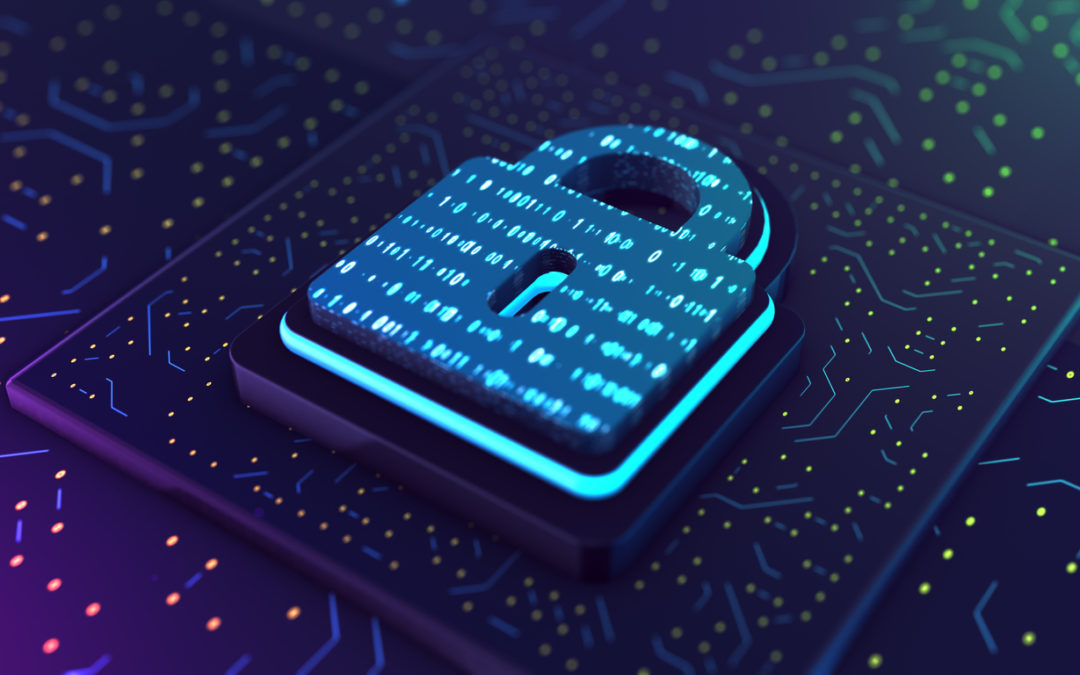You may have heard about the NIST Cybersecurity Framework, but do you know what it stands for and how it helps businesses protect themselves against cyberattacks? Established by the National Institute of Standards and Technology, the framework helps businesses of all sizes to better understand how to manage and reduce their chances of facing a cyberattack. It provides your business with an outline of best practices and procedures that can help you confidently decide where to focus your time and money for protecting your business.
With these NIST framework core functions, you can better prepare your business and put a stop to cyberattacks before they happen:
Identify—What Processes and Assets Need Protection?
The first NIST framework core function is focused on laying the groundwork for an effective and efficient cybersecurity program. This function is used to provide a broader understanding of cybersecurity management that could affect your systems, people, assets, data and capabilities. To know how to prioritize efforts, this function stresses the importance of understanding the context, resources and critical functions that are directly related to cybersecurity risks. Essential activities that might correlate with this function are:
- Identify physical and software assets to establish an asset management program.
- Identify the organization’s business environment.
- Identify asset vulnerabilities and threats.
- Establish a risk management strategy.
- Identify any risks that might affect your supply chain or other areas within your organization.
- Create a cybersecurity policy that covers roles and steps that need to be taken to protect against an attack.
- Protect—Implement Appropriate Safeguards to Ensure Protection of Your Business.
The second NIST framework core function outlines appropriate safeguards to ensure the delivery of critical infrastructure services and can limit or contain the impact of potential cyberthreats. Critical activities that are included in this core function are:
- Implement physical and remote access to protect your organization.
- Empower staff through security awareness training.
- Establish data security protection.
- Implement processes and procedures to maintain and manage systems and assets.
- Protect organizational resources through maintenance.
- Manage your technology.
- Use security software to protect your data.
- Encrypt your sensitive data.
- Detect—Implement Appropriate Steps to Identify Cybersecurity Incidents.
The third NIST framework core function helps to detect potential cybersecurity incidents. This is a critical function that helps define how you should handle the occurrence of a cybersecurity event in a timely manner. Activities found in this function can include:
- Ensure abnormalities and events are detected, while their potential impact is understood.
- Implement continuous monitoring capabilities to stay on top of potential threats.
- Investigate any unusual activity on your network.
- Check your network for unauthorized users.
These first three steps are imperative when protecting your business. Here at REDiTECH, we can help you understand what steps you need to take and how you can get your cybersecurity in the best shape of its life. Contact us to learn more.
Don’t forget to check out Part 2 of this blog to learn more about the rest of the NIST functions!
